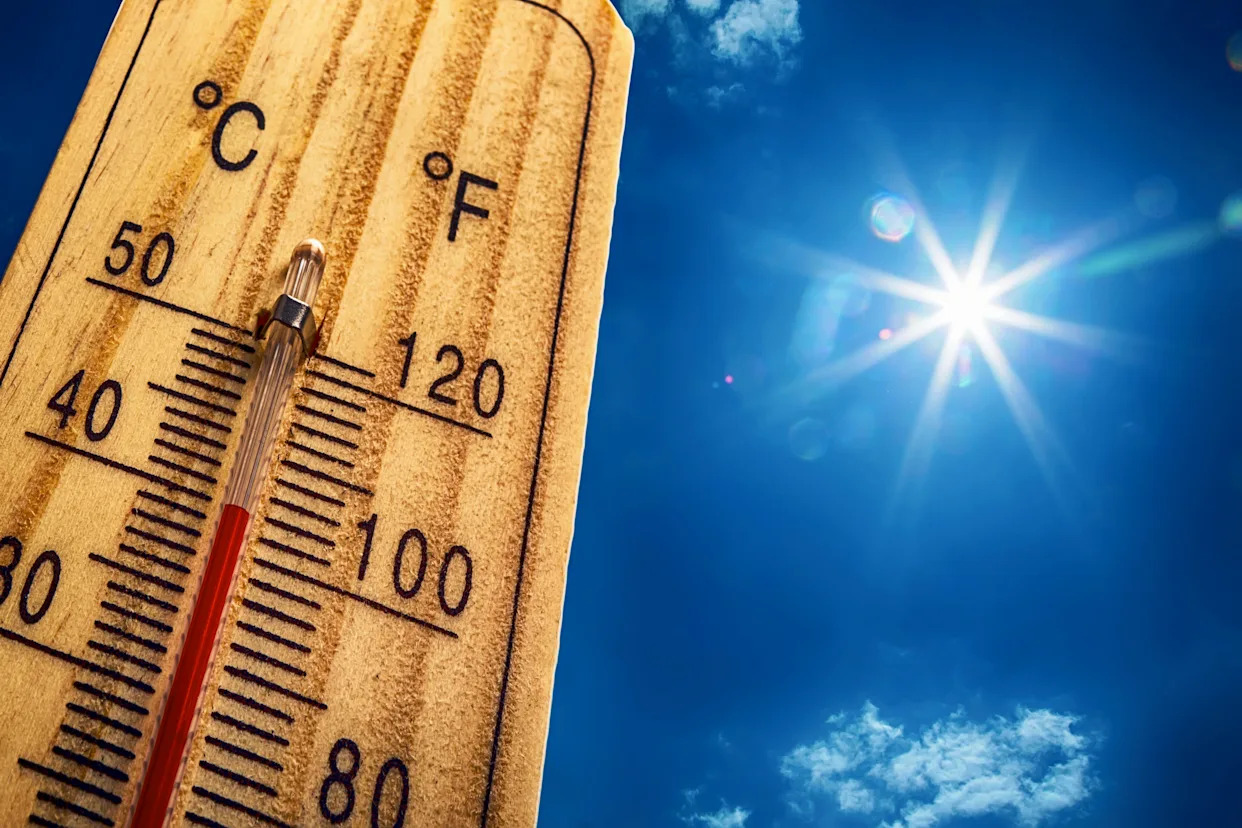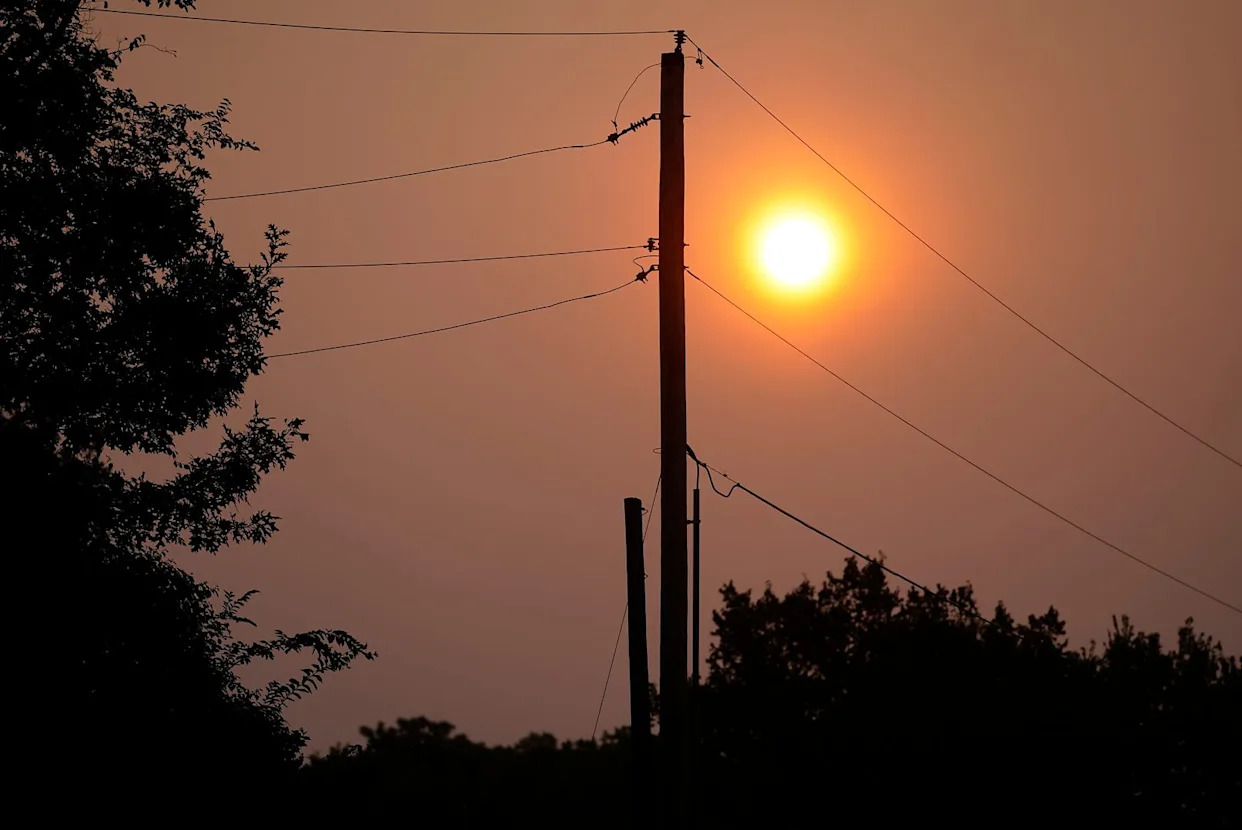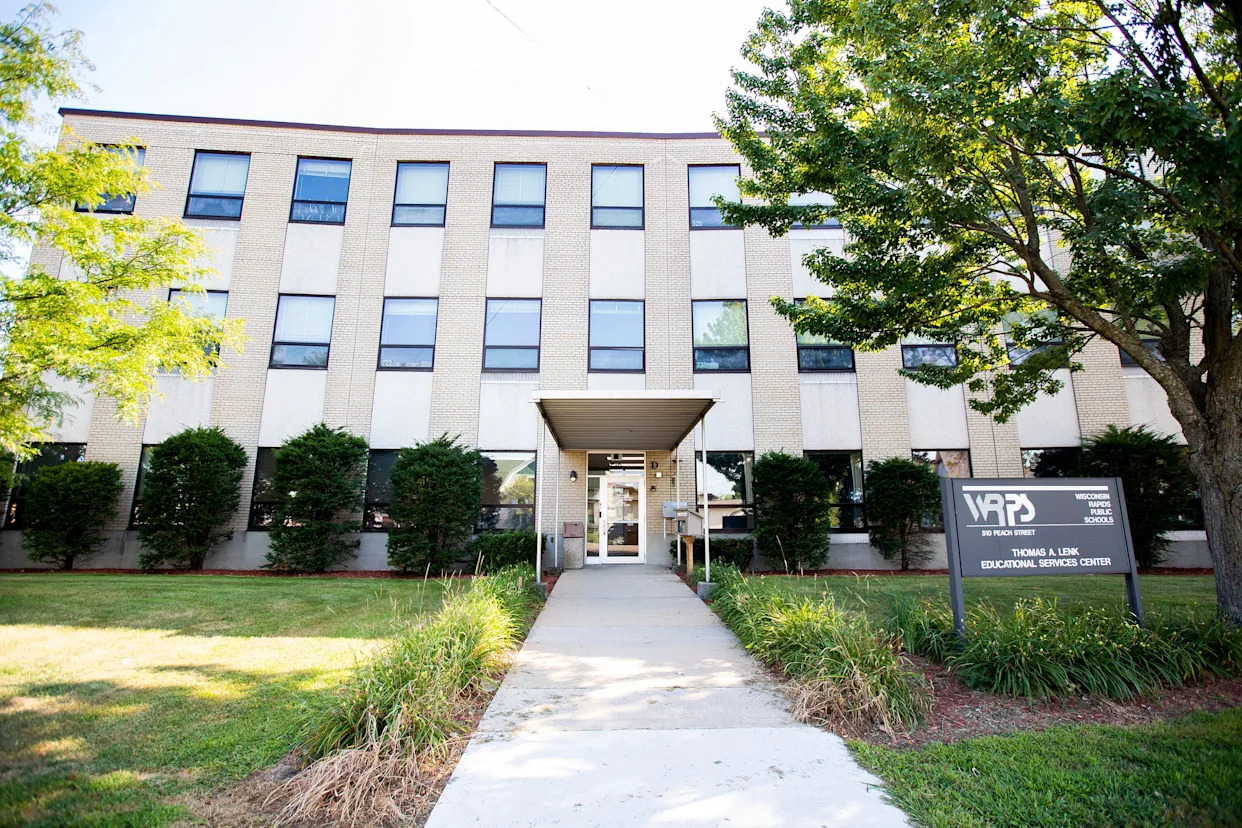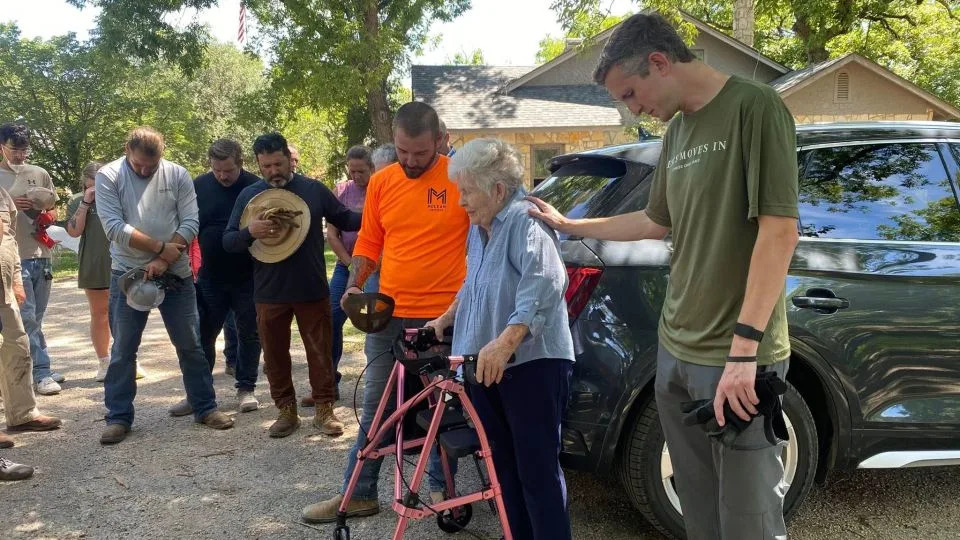
Florida summers are always hot, but the last week or so has been particularly balmy in the Sunshine State, with all but one Florida county under heat advisories on Thursday, July 31.
Many recent reports on heat around the state and country this summer have referenced a “heat dome,” but what the heck is that? And how is it any different from a heat wave? The term heat dome isn’t a scientific term, and most meteorologists and scientists only recognize it as slang, but it does mean something different than “heat wave.”
Here’s what a heat dome is, how it’s different from a heat wave and how hot it has to get for each region of Florida to issue a heat advisory.
Will it get cooler in Florida soon? See what to expect this week and into weekend
What is a heat dome in simple terms?
“Heat dome is kind of a popularized term that doesn’t really have a sound meteorological definition,” Professor of Earth and Environmental Studies at Montclair State University told USA TODAY’s New Jersey Network (see the video above).
“It’s sometimes used synonymously with ‘heat wave.’ If I was teaching a meteorology class, a better term would be ‘a hot air mass.’ It might persist for a while over a part of the country, causing extreme temperatures.”
In simple terms, a “heat dome” is kind of like a heat wave that lingers around for longer than it should. Heat domes are highly pressurized systems of hot air that would typically move across the country, but become “blocked” when a jet stream weakens, breaks, or stalls, according to ClimateCheck.
If you don’t know, jet streams are narrow bands of strong wind in the upper levels of the atmosphere that are caused by Earth’s rotation. Jet stream patterns often “steer” and influence heat waves and cold fronts.
“‘Heat dome’ is not standard scientific terminology, but it effectively describes the oppressive high-pressure atmospheric systems that cause warm air to be pushed to the surface and retained there for long periods of time,” ClimateCheck says. “The dome traps high-pressure air in one place, like the lid on a pot.”
Will weekend see cooler weather or rain? All but one Florida county under heat advisory.
What is the difference between a heat wave and a heat dome?
Heat waves and heat domes are very similar. But heat waves are specific to a place’s average temperature at that time of year, and heat domes are characterized by the stagnant high-pressure layer of air that keeps them in one place for an extended time.
According to the World Meteorological Organization, a heat wave is defined as “a period where local excess heat accumulates over a sequence of unusually hot days and nights.”
Meanwhile, a heat dome involves a “high-pressure system lingering over a set region and trapping hot air,” which can, in some cases, “cause more intense and longer-lasting heat compared to regular heat waves,” according to the Climate Reality Project.
What is a heat advisory?
A heat advisory is issued for dangerous heat conditions that are not expected to reach warning criteria, according to the National Weather Service.
When a heat advisory is issued also depends on where you are in Florida.
For most of the state, a heat advisory is issued if the heat index is expected to be between 108 to 112 degrees.
Here is the breakdown by each NWS region. A heat advisory is issued when the heat index is expected to be:
Western Panhandle: 108-112 degrees
Central Panhandle, North Florida: 108 to 112 within the next 6 to 24 hours or air temperature is forecast to reach 103 degrees
Northeast Florida: 108-112 degrees
East Central Florida: 108 to 112 degrees
In South Florida: 108 degrees in South Florida or 105 degrees for Miami/Dade and Broward counties
Southwest, West Central Florida: 108-112 or the air temp is greater or equal to 103 degrees
The National Weather Service Miami said Miami/Dade County wanted a lower threshold for a heat advisory for its population.
What should you do when there is a heat advisory?
"Residents are advised to consider postponing or rescheduling outdoor activities, especially during the heat of the day," the National Weather Service said.
"If you must be outside, be sure to drink plenty of water and take frequent breaks in the shade. Stay in a cool place, especially during the heat of the day and evening."
This article originally appeared on The Daytona Beach News-Journal: Heat dome v. heat wave: Here's the difference as Florida heat continues








Comments